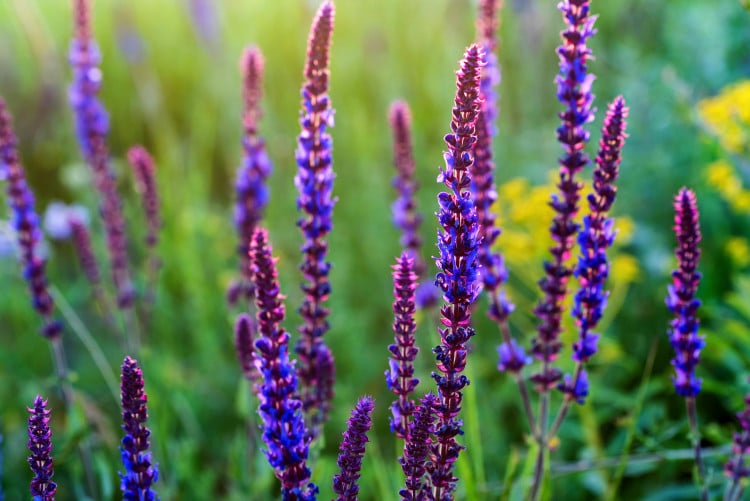Now that summer is behind us, it’s a great time to have a good look at your plants to see what’s worked well and what can be improved. Autumn is the start of the best time of year to make those improvements, like transplanting and soil improving.
Many plants are happy being moved at this time of year because the soil is still warm from the summer sun. It gives the plants the opportunity to get their roots settled into their new environment before the chill of winter descends.
However, there are some exceptions as some groups of plants. For example grasses don’t establish well if they’re moved and replanted in autumn or winter. In this case, it’s best to wait until March before disturbing them.
Perennial plants
Perennials can be moved most times of the year as long as the soil conditions are right. The soil must not be too waterlogged or frozen and they must be kept well-watered until established in their new location.

Trees and shrubs

Deciduous plants can be moved any time from late October to mid-March. However, evergreens should only be moved in October or late March because they need to be planted in soil that’s warm or just about to warm up.
If you can, dig out the hole where the tree or shrub is being moved to before you dig up the plant. Ensure you fork over the sides and bottom of the planting hole.
Ideally water the soil around the plant well the day before you dig it up. Roots generally grow out no further than in line with the leaf canopy above. Use a spade to dig a circle around the tree following the canopy line above. Then lift the plant keeping as much of the rootball intact as you can. You may have to use loppers or secateurs to cut through stubborn thicker roots.
Make sure you cover all the roots as soon as the tree is out of the ground. Large thick plastic sack or hessian are good choices because it’s really important to stop roots drying out. When you move the plant to its new planting hole, check its roots can be spread out fully, otherwise you’ll have to widen the hole further.
It’s also important to plant to the same depth as before (use the old soil mark at the base of the stem as an indicator). This is because planting too deeply will often kill the plant. There’s no need to add compost to the planting hole unless the soil is sandy or very poor.
Then, firm around and on top of the roots as you fill in the soil to the planting hole. You may need to stake the plant if it’s large or being planted in a windy area. Another essential thing to do is to water the plant in well and regularly after transplanting.
Top tips:
Adding a thick layer of mulch such as garden compost to moist soil around the plant will help keep moisture in. It’ll also keep weeds away that might otherwise compete with the plant for water.
Soil improving
Improving the soil often results in fantastic plant growth and a wonderful show of flowers the following year as it helps make the soil healthy. If you liken it to humans, we often look much better when we’re healthy than when our diet is bad!
Autumn to spring is the ideal time to do this and one of the best methods to use is well rotted horse manure. Although garden compost and leaf mould can also be used.

In the case of an existing flower border, simply place a layer of between 5-10cm of soil improver on top of the soil around your plants and shrubs. If it’s a border with no plants in, dig the layer into the existing soil, making sure they’re well mixed together before planting.
Doing this annually could result in extremely happy, healthy plants so add this to your yearly ’to do’ list.
These tips will be sure to help you this autumn with changing the structure of your garden and helping your plants settle into their new homes. So, get planning and transplant your trees and give your soil some care this autumn.

Leave A Comment